Albert Henry Fullwood (1863–1930), artist, trained in art in his native Birmingham before moving to Sydney in 1883. He soon gained employment with the Picturesque Atlas of Australia, travelling a great deal to produce exactly the kind of illustration the publication required. In Sydney, he lived for a time at the artists' camp at Sirius Cove in Mosman along with Tom Roberts, Arthur Streeton and others. After getting to know cartoonist Livingston Hopkins, he developed his etching practice and began contributing to illustrated papers including the Bulletin, Sydney Mail, Australian Town and Country Journal and the London Graphic. In 1899 he took his family by way of New York to London, where he exhibited at the Royal Academy and became friends with Bertram Mackennal and fellow members of the Chelsea Arts Club. He remained in London until World War One, during which he worked along with Roberts, Streeton and George Coates at the Wandsworth hospital before being sent to the Western Front as an official artist. About sixty of his evocative French watercolours are now in the Australian War Memorial’s collection.
George Lambert left Australia in 1900 and lived in Paris briefly before settling in London, where he and Fullwood got to know each other well. The two are depicted beside each other in Coates' group portrait of ten painters who served as official war artists with the AIF. The title of Lambert's drawing of his friend, inscribed in a hand other than Lambert's along the bottom edge of the work, is thought to come from the way Fullwood signed his Bulletin cartoons, though other sources state that he got the nickname Remus on account of his entertaining storytelling. In 1920 Fullwood returned to Sydney, where he continued to exhibit and involve himself in art societies including the Australian Painter Etchers' Society and the Australian Watercolour Institute. Lambert returned to Sydney in 1921, but died in 1930, aged just 56. At Lambert's request, Fullwood was one of his pallbearers. Fullwood himself died just a few months later.
Gift of Denis Savill 2017. Donated through the Australian Government's Cultural Gifts Program.
Denis Savill (2 portraits)



On one level The Companion talks about the most famous and frontline Australians, but on another it tells us about ourselves.
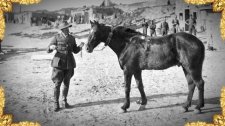
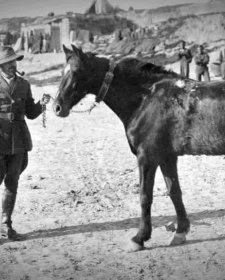
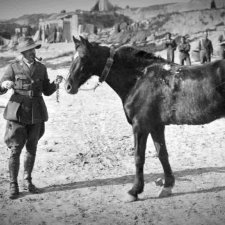
An examination of the life and times of George Lambert through the gesture and pose in his self portrait.
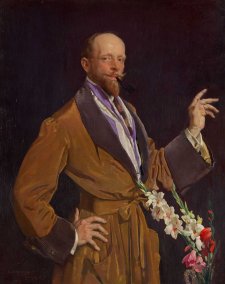
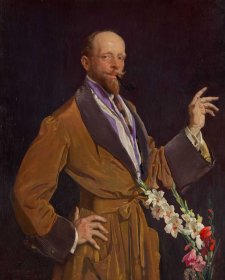
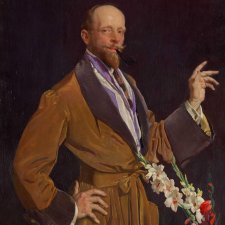
Andrew Sayers discusses the real cost of George Lambert's Self portrait with gladioli 1922.